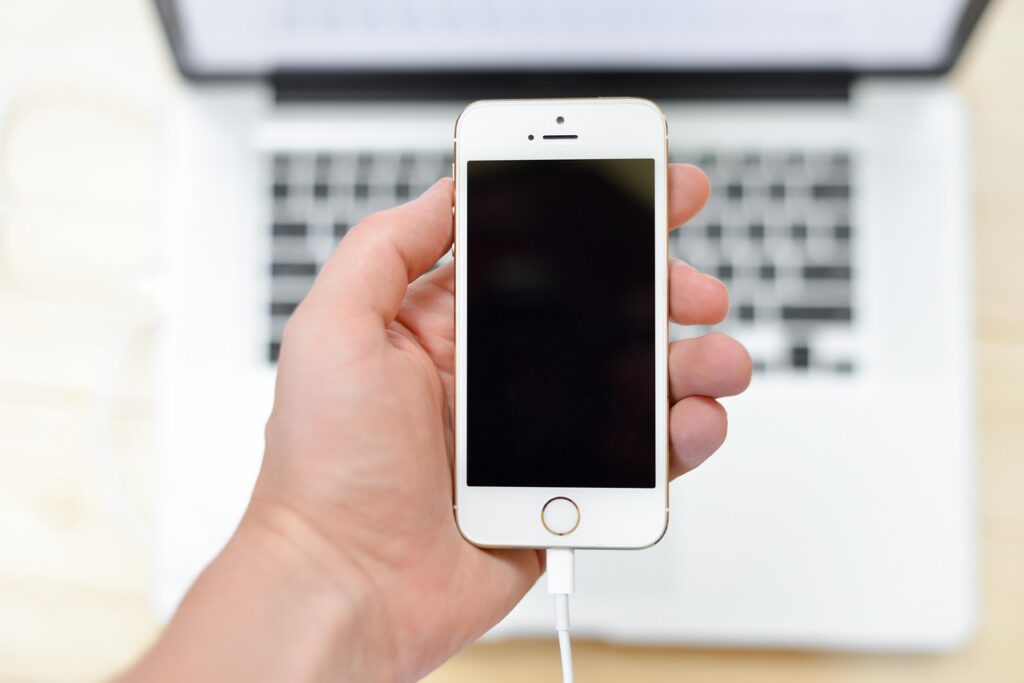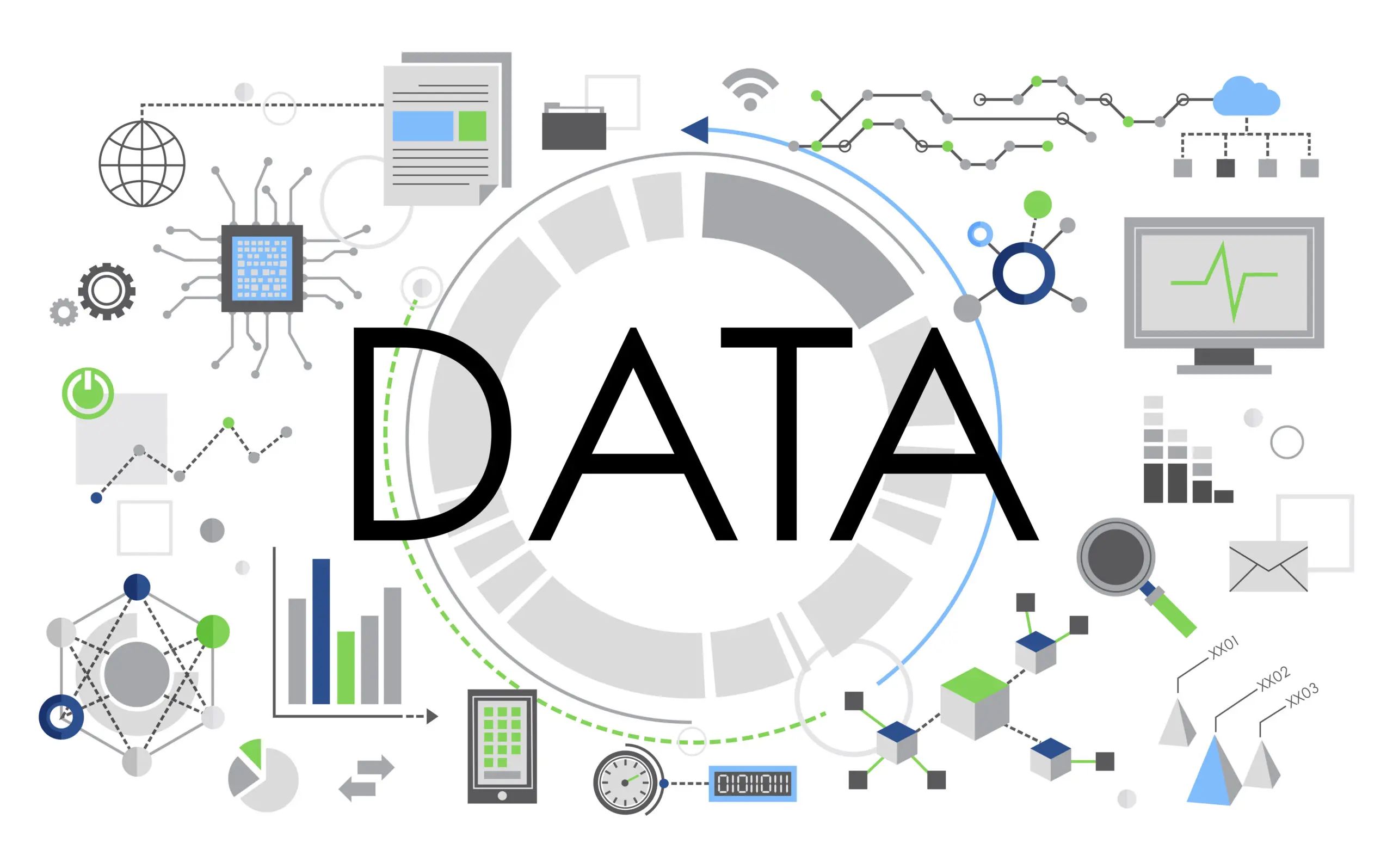
For over a decade, the familiar glint of Apple’s Lightning port has been a distinctive hallmark of the iPhone experience, a proprietary connection that symbolized both innovation and, for many, a unique form of digital enclosure. This all changed with the unveiling of the iPhone 15, marking a monumental shift as Apple finally retires its beloved Lightning charger in favor of the industry-standard USB-C. This isn’t merely a cosmetic update; it’s a strategic pivot with profound implications that extend far beyond simply plugging in your phone. It signals the beginning of a new era for Apple, one that promises a more integrated, efficient, and universally compatible technological landscape.
This transition, while long-anticipated by tech enthusiasts and necessitated by external pressures, is far more than a simple cable swap. It represents a significant recalibration in Apple’s approach to its ecosystem, addressing everything from environmental concerns to fundamental shifts in user convenience and device performance. As we delve into the core reasons and immediate impacts of this change, it becomes clear that Apple’s move to USB-C is a confluence of market forces, regulatory mandates, and evolving consumer expectations, all converging to reshape the future of personal technology.
From faster data transfers and enhanced power delivery to the promise of a truly universal charging solution, the switch to USB-C carries with it a wave of changes poised to redefine how users interact with their devices. This article embarks on an analytical journey, dissecting the key facets of this transition and offering a forward-looking perspective on what it means for Apple, its users, and the broader tech industry.

1. **The Grand Farewell to Lightning: An 11-Year Saga Ends**The retirement of the Lightning connector with the iPhone 15 marks the end of an impressive 11-year run for Apple’s proprietary charging cable. First introduced alongside the groundbreaking iPhone 5 in 2012, Lightning was revolutionary for its time, replacing the bulky 30-pin dock connector with a sleeker, faster, and crucially, reversible design. This innovation was lauded for its user-friendliness and its ability to enable quicker device charging, becoming an iconic part of the Apple experience.
For more than a decade, every incremental iPhone upgrade consistently featured the Lightning port, establishing it as a ubiquitous standard within Apple’s mobile ecosystem. This unwavering commitment to Lightning, even as the tech industry began to gravitate towards USB-C, cemented its status as a core component of the iPhone’s identity. Its presence on millions of devices worldwide underscored its strategic importance to the company.
Now, with the iPhone 15 series officially adopting USB-C, the Lightning cable is, at last, being phased out of new iPhone models. This long-rumored change, which had been the subject of countless leaks and speculation, is finally a reality, ushering in a new chapter for iPhone connectivity. It represents not just a technical update, but a symbolic departure from a proprietary standard that has defined Apple’s mobile devices for a significant period.

2. **The European Union’s Decisive Hand: A Mandate for Universal Charging**One of the most undeniable catalysts behind Apple’s USB-C transition is the European Union’s formidable legislative push for a universal charging standard. In 2022, the EU formally approved a ruling that mandates all new smartphones, tablets, digital cameras, portable speakers, and a host of other small electronic devices sold in the region to support USB-C charging by the end of 2024. This groundbreaking, first-of-its-kind law left little room for deviation.
The EU’s primary motivations for this sweeping legislation were twofold: to significantly reduce electronic waste and to enhance convenience for consumers. By requiring a common charging standard, the EU aims to pare down the number of chargers and cables consumers accumulate, allowing users to effortlessly mix and match devices and chargers regardless of manufacturer. This visionary approach seeks to eliminate an estimated 11,000 tons of e-waste annually and save consumers approximately €250 million on unnecessary charger purchases.
Apple, as a global company operating within diverse regulatory landscapes, found itself with no viable alternative but to comply. Apple’s Senior Vice President of Worldwide Marketing, Greg Joswiak, explicitly stated the company’s position, noting, “We have no choice, like we do around the world, to comply with local laws.” While acknowledging the mandate, Joswiak also conveyed Apple’s preference for a different approach, remarking that “the approach would have been better environmentally and better for our customers to not have a government [have] that perspective.” This highlights the tension between regulatory imposition and corporate autonomy in technological design decisions.
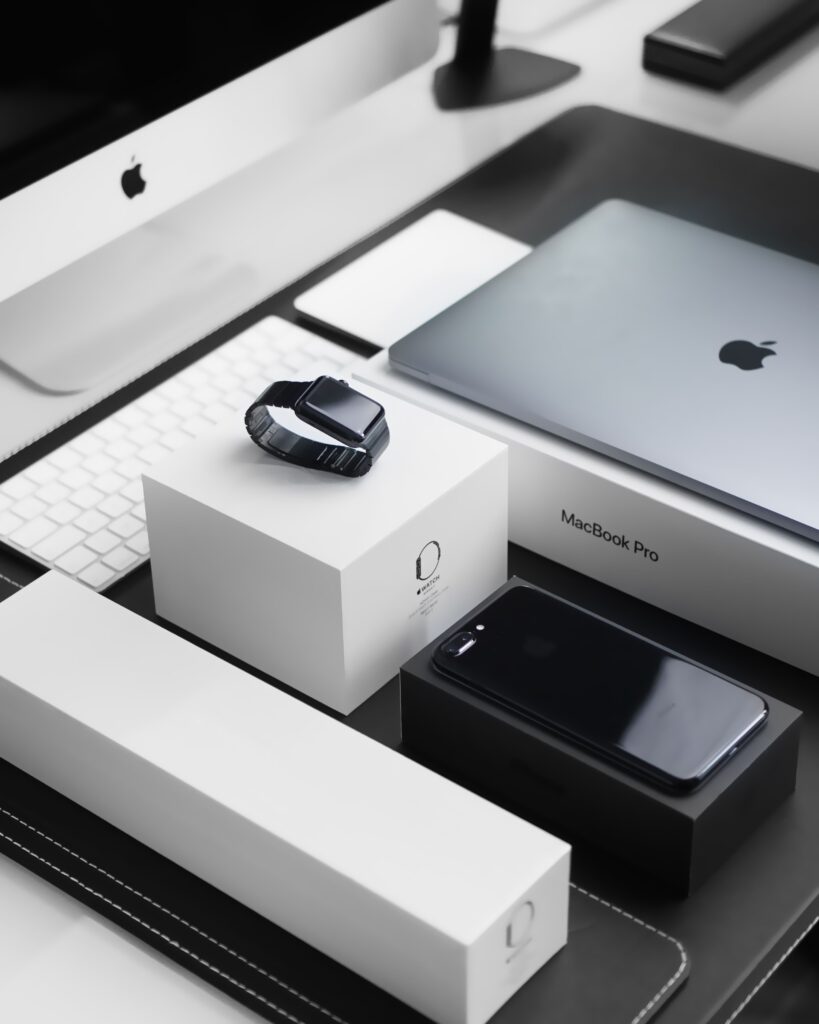
3. **Apple’s Long-Standing Resistance: Control, Ecosystem, and the MFi Program**Apple’s reluctance to embrace USB-C for its iPhones was not accidental; it was a deeply ingrained strategic decision rooted in the company’s long-standing philosophy of maintaining meticulous control over its proprietary hardware and software ecosystem. The Lightning connector was a cornerstone of this strategy, providing Apple with a unique advantage and a significant revenue stream. As David McQueen, a director at ABI Research, succinctly put it, “For Apple, it was all about being in control of its own ecosystem.”
Central to this control was the lucrative ‘Made For iPhone’ (MFi) licensing program. This initiative required third-party accessory manufacturers to pay a fee to Apple for the right to produce Lightning cables and related accessories that met Apple’s strict quality and compatibility standards. This financial cut from every licensed accessory sold represented a substantial stream of income for Apple, extending its reach beyond just device sales. The company made “good money from selling Lightning cables and its many related accessories,” and this program ensured a high degree of quality control and ecosystem lock-in.
The shift to USB-C fundamentally disrupts this established model. USB-C is an open standard, meaning any company can manufacture compatible cables and connectors without needing Apple’s explicit licensure or paying a royalty. This openness inherently reduces Apple’s control over the wired charging ecosystem, a point acknowledged by McQueen: “Moving to USB Type C would take away this level of control as USB-C is a much more open ecosystem.” This loss of direct financial leverage and ecosystem oversight was undoubtedly a significant factor in Apple’s decade-long hesitation.
Despite this, Apple is already adapting by selling new first-party USB-C accessories, including a $29 USB-C to Lightning adapter. This adapter allows users to connect their existing Lightning accessories to a new USB-C enabled iPhone or iPad for charging or data sharing, a move reminiscent of the $29 dongle introduced in 2012 to bridge the gap between the new Lightning port and older 30-pin accessories.

4. **The Environmental Imperative: Tackling E-Waste and Driving Sustainability**The European Union’s directive was largely driven by a powerful environmental mandate: the urgent need to combat the burgeoning problem of electronic waste. The intention behind a common charger standard was to encourage consumers to reuse their existing power bricks and cables when upgrading devices, thereby significantly reducing the accumulation of unused or obsolete chargers. This initiative was projected to eliminate thousands of tons of e-waste annually, contributing to a more sustainable consumption model.
Apple, however, initially voiced its own environmental concerns regarding the immediate aftermath of such a switch. The company argued that forcing a transition from Lightning to USB-C would, in the short term, render millions of existing Lightning cables and accessories obsolete, potentially generating a new surge of e-waste as users discard or store away their ‘useless’ cables. This perspective underscored the complex environmental calculus involved in such a widespread technological change.
Despite these initial reservations, Apple has long been making concerted efforts to reduce its overall environmental impact. The company has set ambitious goals, including aiming to become carbon neutral by 2030, and has been actively working to minimize its waste and emissions across its operations. The long-term environmental benefits of a universal charging standard align with these broader sustainability objectives, even if the immediate transition presents some challenges.
To address the potential short-term e-waste surge, Apple emphasizes its existing “robust” recycling program, encouraging users to bring in used chargers and cables for responsible disposal. Furthermore, consumers have environmentally friendly options such as local e-waste recycling centers or retail outlets like Best Buy, ensuring that old Lightning cables don’t simply end up in landfills. Ultimately, the transition to USB-C is a step towards more modular, easier-to-repair devices, reducing the overall demand for new components and fostering a more sustainable future for consumer electronics.
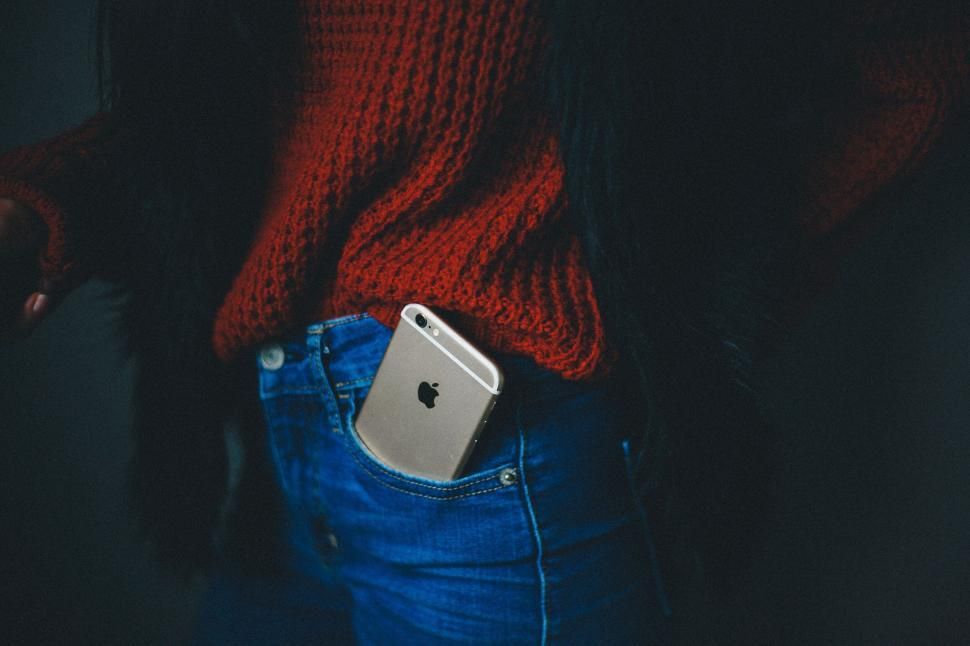
5. **A Seamless User Experience: The Dawn of Universal Connectivity**The shift to USB-C promises a significantly more streamlined and convenient user experience for Apple customers, addressing a long-standing point of frustration for many. In a world where USB-C has become the de facto standard across a vast array of mobile devices, including many of Apple’s own iPads and MacBooks, the iPhone’s adherence to Lightning created an unnecessary logistical hurdle. Users often found themselves scrambling to find the correct, specific charger for each Apple device, a scenario that will now largely become a relic of the past.
With all new iPhone 15 models, as well as the latest AirPods Pro, now embracing USB-C, Apple customers gain the immense benefit of true universal charging within their personal tech arsenal. The same USB-C cable can now power an iPhone, an iPad, and a Mac computer, eliminating the need for a separate Lightning cable. This level of cross-compatibility not only simplifies charging but also facilitates power transfer between devices, such as connecting a low-battery iPhone to a fully-charged iPad, a truly valuable feature for on-the-go users.
This newfound universality extends beyond Apple’s ecosystem, too. Given the widespread adoption of USB-C across other brands of smartphones, tablets, and laptops, Apple users can now leverage a much broader pool of compatible charging solutions. This means fewer cables to carry, less clutter, and greater peace of mind knowing that a readily available USB-C charger will likely work for all their essential devices. Ben Wood, an analyst at CCS Insight, aptly summarized the sentiment, stating, “Given how widely USB-C has been used in other devices, it’s hard to imagine that customers will be totally caught out by this switch, and in the long term, it’s likely to benefit them, with a universal charging system having some very obvious upsides.”
The convenience also manifests in small but significant ways, such as using the iPhone’s USB-C port to send power directly to a pair of dead AirPods, or the planned integration of a USB-C connector for EarPods. These subtle but impactful changes contribute to a more interconnected and hassle-free daily technological experience, truly embodying the promise of universal connectivity.
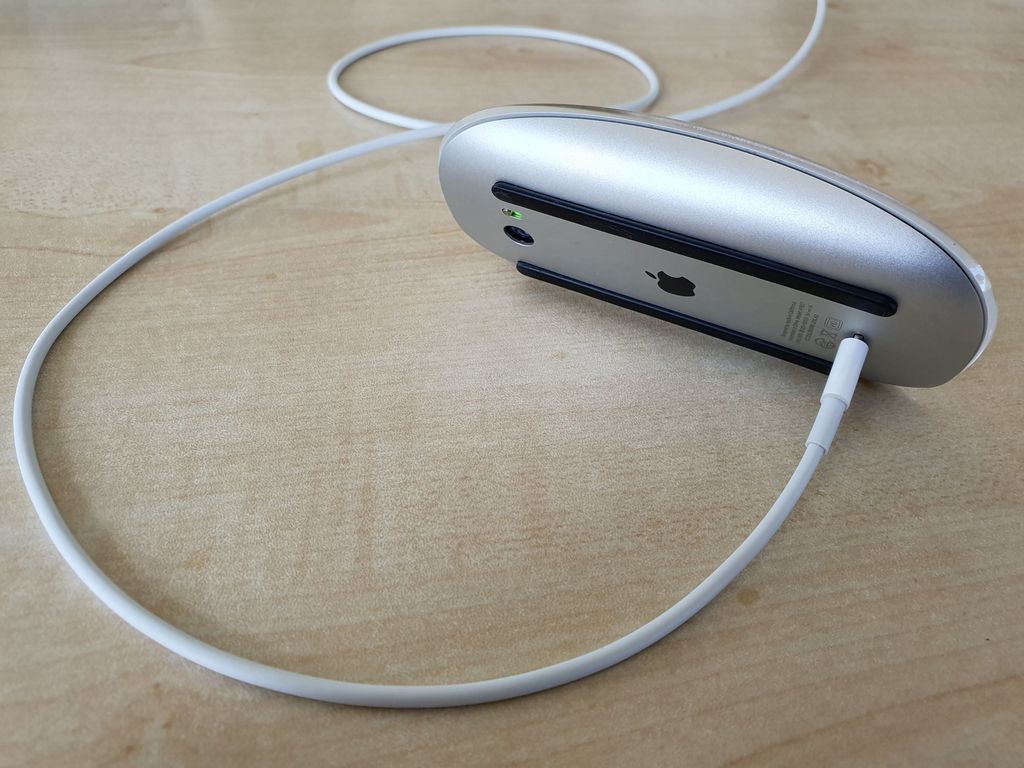
6. **Unlocking Enhanced Performance: Faster Data Transfers and Power Delivery**Beyond the undeniable convenience, the switch to USB-C brings substantial performance enhancements to Apple devices, particularly in the critical areas of data transfer speeds and power delivery. USB-C, which was first introduced in 2014, was designed from its inception to be a superior connector—faster, smaller, and significantly more versatile than its predecessors, including Apple’s Lightning.
One of the most compelling advantages of USB-C is its capacity for rapid data transfer. While the Lightning cable was limited to USB 2.0 speeds, topping out at around 480 Mbps, modern USB-C implementations can achieve speeds of up to 10 Gbps. For the iPhone 15 Pro models, Apple has specifically embraced USB-C 3.2, which allows for transfer speeds of up to 10 GB (or 10 gigabits per second), a staggering 20 times faster than the previous USB 2.0 technology. This dramatic leap in speed is not merely a technical specification; it unlocks entirely new possibilities for iPhone users, especially professionals.
For instance, videographers and content creators who record high-resolution 4K content, and particularly the new spatial videos, can now directly write large files onto a connected Mac’s hard drive at unprecedented speeds. This bypasses the limitations of internal storage or slower wireless transfers, making the iPhone 15 Pro a more robust and integrated tool for demanding creative workflows. The ability to move massive files quickly becomes a necessity when dealing with advanced media formats.
In terms of power delivery, USB-C also significantly outperforms Lightning. While Lightning typically delivered up to 12W of power, USB-C is capable of delivering power at much higher levels, up to 100W. This higher power capacity means not only faster charging for the iPhone itself but also the potential to charge larger devices like laptops, further cementing USB-C’s role as a truly universal power and data conduit across the entire device ecosystem.
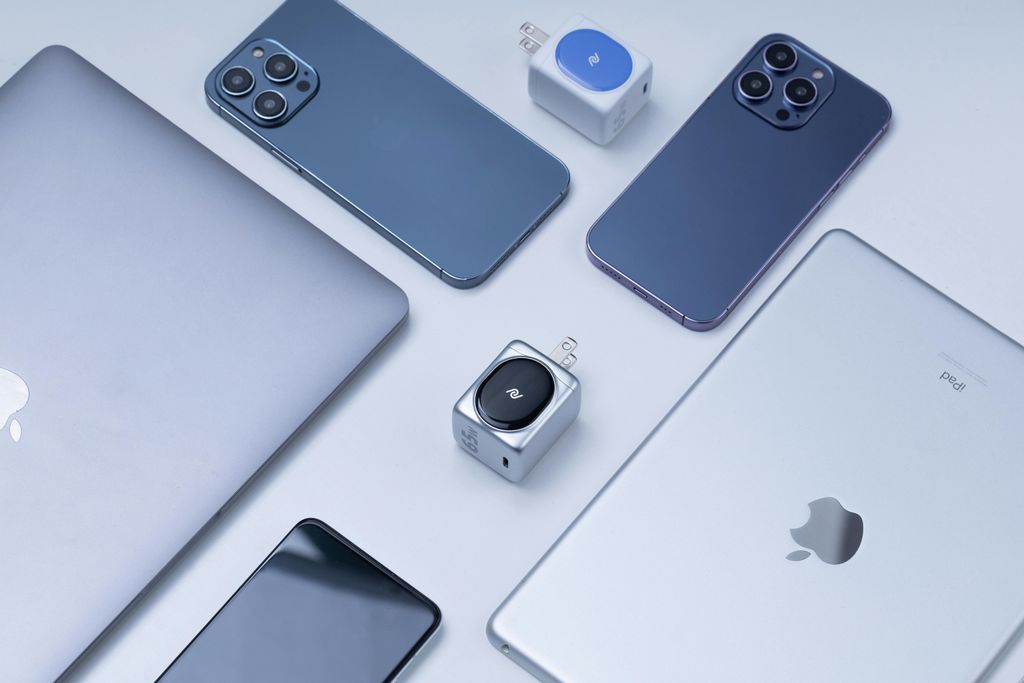
7. **Cross-Device Compatibility and Ecosystem Harmony**The shift to USB-C fundamentally redefines how Apple devices interact with the broader digital world, ending the era where the proprietary Lightning connector created a frustrating island, forcing users to carry specific cables for their iPhones even as iPads and MacBooks embraced USB-C. This often led to a scramble for the right charger, a logistical puzzle that is now, thankfully, becoming a relic of the past for millions.
With the iPhone 15 series and the latest AirPods Pro now embracing USB-C, Apple customers achieve a seamless charging experience. The vision of using a single USB-C cable to power an iPhone, iPad, and Mac isn’t just convenience; it’s a profound leap in device interoperability, extending to power transfer between devices, like an iPhone drawing charge from a fully-charged iPad.
Beyond Apple’s ecosystem, this transition unlocks a vast network of charging possibilities. USB-C is already the industry standard for an expansive range of smartphones, tablets, laptops, and gaming handhelds. This widespread adoption means Apple users can access a much larger pool of compatible charging solutions, reducing clutter and ensuring a charger is almost always within reach. As analyst Ben Wood noted, it will “benefit them, with a universal charging system having some very obvious upsides.”
Impactful integrations continue to surface, demonstrating a comprehensive shift towards a connected future. The iPhone’s USB-C port can revive dead AirPods, and future EarPods will use USB-C, exemplifying how this universal standard fosters a fluid and less fragmented daily technological experience. It’s a testament to Apple’s evolving approach, embracing the efficiencies of an open standard to enrich the user journey.

8. **Financial Adjustments for Apple: Beyond the MFi Program**Apple’s decade-long commitment to Lightning was driven by strategic and financial motives. The proprietary connector allowed meticulous control over its accessory ecosystem, solidified by the lucrative ‘Made For iPhone’ (MFi) licensing program. This generated substantial revenue by requiring third-party manufacturers to pay Apple a fee. As David McQueen of ABI Research noted, “Apple makes good money from selling Lightning cables and its many related accessories.”
The shift to USB-C fundamentally reconfigures this model. As an open standard, USB-C allows manufacturers to produce compatible cables without Apple’s licensure or royalties. This openness inherently diminishes Apple’s direct financial leverage and oversight. As McQueen highlighted, “Moving to USB Type C would take away this level of control as USB-C is a much more open ecosystem.” Relinquishing this direct financial cut contributed to Apple’s prolonged hesitation.
Despite the perceived loss, Apple demonstrates adaptive prowess. It’s actively selling first-party USB-C accessories, including a $29 USB-C to Lightning adapter. This allows users to connect existing Lightning accessories to new USB-C iPhones or iPads, effectively bridging the transition. This echoes Apple’s 2012 move, when a $29 dongle facilitated the jump from 30-pin to Lightning.
The long-term financial landscape might be nuanced. While direct accessory licensing income may decrease, a universal standard could reduce Apple’s manufacturing costs by leveraging widely available USB-C components. Enhanced user convenience and broader compatibility might attract new customers, as suggested by Forrester Research. This strategic pivot, though externally driven, may ultimately foster new avenues for market growth and operational efficiency.
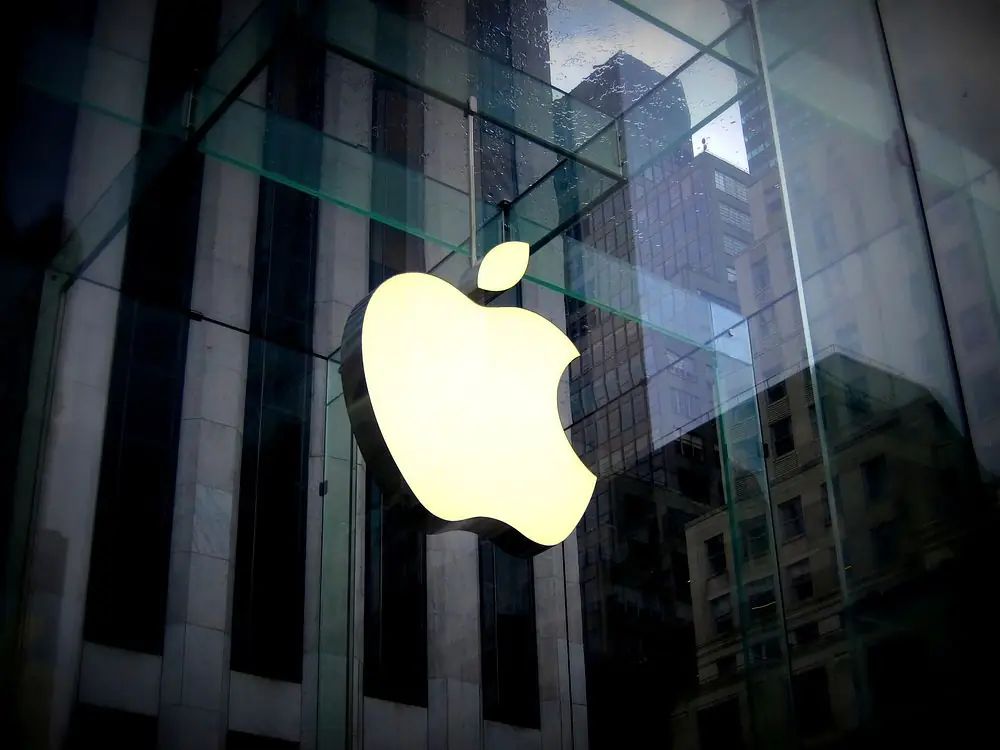
9. **Navigating the New Landscape: Consumer Adaptation and Choices**The iPhone’s transition to USB-C represents a significant, largely beneficial shift for consumers. Short-term, some users may need new cables or adapters, especially when upgrading from older models. However, the long-term promises a streamlined, convenient experience, aligning iPhone charging with the ubiquitous standard across personal electronics.
Adaptation is smoothed by Apple’s recent history and the wider tech landscape. Most iPhones from the 12 onwards bundled USB-C to Lightning cables, so many users already have a USB-C power brick. Apple continues to include a USB-C to USB-C charging cable with new iPhones. Owners of recent iPad Airs, iPad Pros, or MacBooks will find existing USB-C power bricks and cables readily compatible, charging an iPhone at its maximum speed.
For users invested in older Lightning accessories, Apple offers a practical bridge: the $29 USB-C to Lightning adapter. This allows continued use of existing docks, car chargers, and audio peripherals, softening the transition’s impact. While an additional purchase, it’s a crucial interim solution, preventing mass obsolescence and acknowledging the significant installed base of Lightning accessories.
Beyond Apple’s ecosystem, USB-C’s prevalence across other manufacturers simplifies consumer adaptation. Whether a Nintendo Switch, Steam Deck, digital camera, or any modern Android smartphone or laptop, a compatible USB-C power adapter is likely already owned. This broad interoperability underscores USB-C’s central promise: a universal charging solution that transcends brand boundaries, reducing clutter and enhancing convenience for a diverse tech populace.
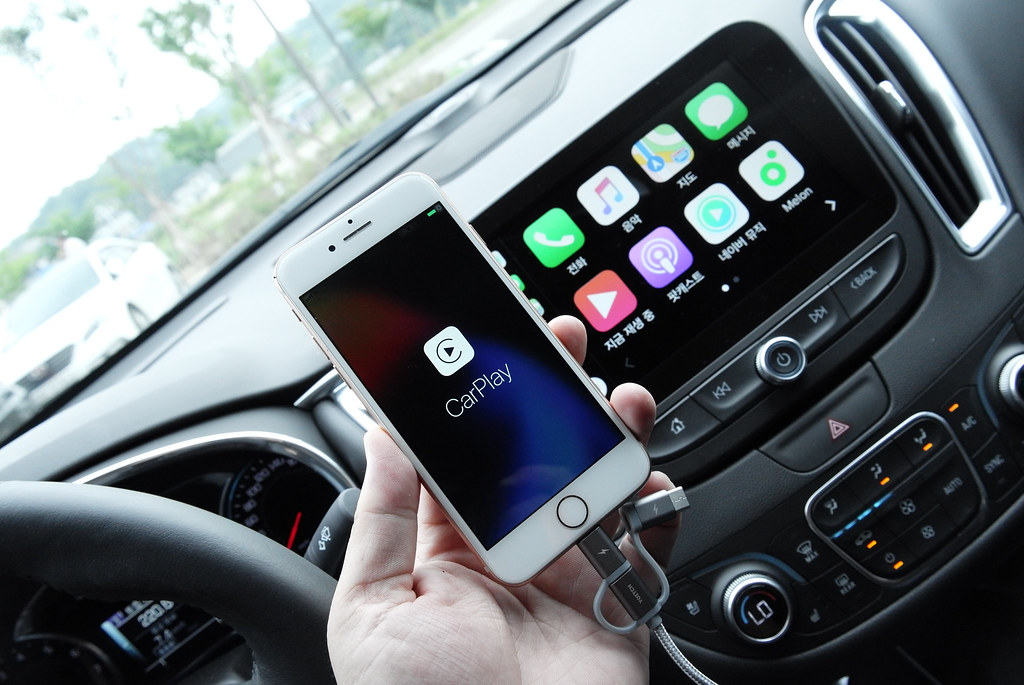
10. **The Peril of Choice: Addressing Charger Quality and Safety Concerns**While USB-C ushers in convenience and enhanced performance, it also introduces complexities regarding charger quality and safety. Unlike Apple’s tightly controlled Lightning ecosystem, where the ‘Made For iPhone’ (MFi) program ensured quality, USB-C is an open standard. This openness, while beneficial, floods the market with cables and chargers not all adhering to stringent safety specifications.
This lack of centralized control presents a significant ‘catch’ for consumers: identifying reliable chargers from unsafe or underperforming ones ‘won’t be obvious to many.’ Poorly manufactured USB-C chargers can deliver too much or too little power, risking device damage or slow charging. More concerning, some fail to regulate electricity and data, posing safety risks or causing degradation.
Apple’s departure from its proprietary connector means relinquishing its direct gatekeeping role over wired accessory quality. As David McQueen noted, ‘Moving to USB Type C would take away this level of control as USB-C is a much more open ecosystem,’ encapsulating this challenge. Users accustomed to MFi-certified Lightning accessories must now become more discerning, navigating a fragmented market with diverse options.
To mitigate these risks, consumers must exercise caution and prioritize reputable brands when purchasing USB-C accessories. Recommendations from trusted sources, like CNN Underscored’s endorsements of chargers from major brands such as Anker, Belkin, Apple, Amazon, and Google, serve as valuable guides. This shift places greater onus on user awareness and responsible purchasing for optimal performance and device longevity.
11. **Apple’s Strategic Evolution: A Glimpse into the Future**Apple’s adoption of USB-C for the iPhone 15 signifies a significant recalibration in the company’s long-term strategic trajectory. For years, Apple defended its proprietary Lightning connector, rooted in meticulous ecosystem control and MFi program benefits. However, regulatory pressure, particularly from the EU, and evolving consumer expectations necessitated a strategic pivot, signaling a new era.
While Apple’s Senior VP of Marketing, Greg Joswiak, stated, ‘We have no choice’ but to comply with the EU mandate, this transition reveals a nuanced strategic evolution. Despite initial resistance to government ‘prescriptive’ intervention, Apple was a key contributor to USB-C’s development since 2014. This duality—resisting a mandated change for its flagship while pioneering the standard elsewhere—highlights a complex internal strategy, as USB-C was already integrated into MacBooks and iPads, making the iPhone an outlier.
This shift signifies a move towards greater integration and efficiency across Apple’s product portfolio, largely compelled by external forces. By aligning the iPhone with a universal standard, Apple ensures compliance and future-proofs its devices in a unifying tech landscape. Strategic implications extend to how Apple will innovate and differentiate in an open ecosystem. While MFi licensing revenue may diminish, attracting new users through enhanced compatibility could unlock new growth opportunities.
Ultimately, this move reflects Apple’s capacity to adapt to changing market dynamics and regulatory environments while maintaining its premium brand identity. It underscores a future where the physical connector becomes less of a differentiator, pushing Apple to innovate more intensely on software, services, and seamless hardware integration. This gradual transition of other Apple products to USB-C confirms a comprehensive strategic overhaul towards universal connectivity.
Read more about: Apple’s Wildcard: Unveiling 12 Unexpected Innovations That Are Reshaping Your Digital Life

12. **A Unified Future: The Broader Implications for the Tech Industry**Apple’s monumental switch to USB-C for the iPhone 15 reverberates far beyond Cupertino, signaling profound implications for the global tech industry. The European Union’s decisive legislative hand, mandating a common charging standard by 2024, has proven a powerful catalyst, demonstrating how regulatory bodies can drive industry-wide standardization for consumer convenience and environmental sustainability. This ‘groundbreaking, first-of-its-kind law’ sets a new precedent.
The embrace of USB-C by one of the world’s most influential tech companies cements its status as the universal charging and data transfer standard. Android phones, laptops, tablets, and consumer electronics have adopted USB-C for years, but Apple’s Lightning port remained a holdout. With the iPhone now joining, ‘virtually every new smartphone sold worldwide now uses the same charging cable,’ creating unprecedented interoperability across diverse brands.
This broad unification promises substantial global benefits. The EU’s primary aim to reduce electronic waste by encouraging charger reuse is amplified by Apple’s compliance, leading to massive e-waste reductions and savings for users. Beyond environmental gains, a single, interchangeable cable for myriad devices simplifies daily tech management, fostering a more intuitive digital experience.
The industry-wide move towards USB-C encourages further innovation, pushing boundaries of data transfer, power delivery, and versatility. As other manufacturers follow suit, driven by regulatory compliance and unified market benefits, the tech landscape will become more cohesive and less fragmented. Apple’s ‘new era’ is a testament to a future where shared technological foundations foster greater accessibility, sustainability, and cross-platform synergy.
As we look back at Lightning’s decade-long reign and forward into USB-C’s expansive horizon, it’s clear this is more than a simple port change. It’s a fundamental reorientation of Apple’s philosophy, prompted by external pressures yet aligning with the industry’s trajectory towards greater openness, efficiency, and sustainability. The USB-C era heralds a future where connectivity is seamless, devices work harmoniously, and the user experience is paramount, free from proprietary standards, embracing a more integrated and universally connected world.

